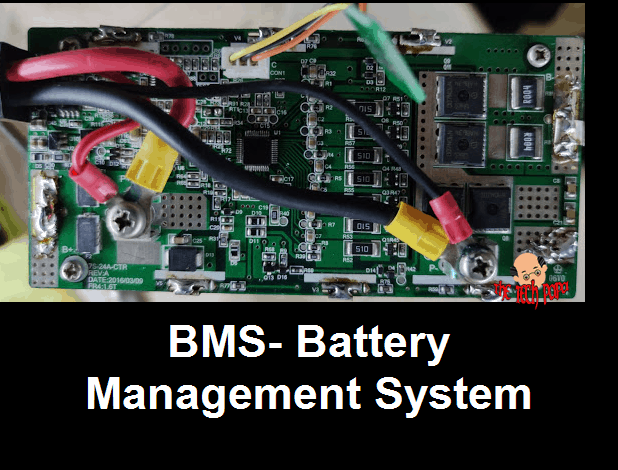Last Updated on 4 years by admin
In today’s article, we explain the Battery Management System (BMS); in other words, what is a BMS and what is the purpose of using a BMS.
A BMS usually controls below aspects of a battery –
2. Overcharge voltage control.
And includes protection against short circuits. Sophisticated Battery Management Systems even comes with temperature protection, cell balancing, and many more features.
1. Discharge voltage control
When a BMS connects to a battery pack/bank, the battery does not discharge below the low voltage cut off level. Since the BMS is selected according to the battery type, the settings of the BMS are pre-settled. Some management systems have selector switches to set the battery type. Some are software controllable. Protection over low voltage is good for battery health as well as the connected equipment. Make sure to select the correct voltage range to suit the battery type when purchasing a BMS.
2. Overcharge voltage control
We can say this is the most important feature of a BMS. If you have read about Battery types in our previous posts, you should know that overcharging could explore li-ion batteries. Therefore, it is always recommended to use a Battery Management system when connecting lithium batteries.
Other Features of a BMS.
Short circuit protection
For some reason of the output of the Battery Management System get a short circuit. (Example – if the plus and minus wires of the result touch each other) the BMS, safely disconnect the output.
Balance unbalanced cells
BMS balances unbalanced cells. An essential feature of a BMS is that it monitors battery lines separately. For example, if the voltage of any Cell in a 7S (7 batteries in series) pack goes beyond other cells, the BMS will balance it back. That’s what individual cell monitoring does. This process protects the batteries and extends its life.
The high-end BMS supports active balancing, which takes extra energy from the higher batteries and passes it to the lovers. This feature saves energy. Low-cost BMS turns the power into heat using a load resistor and balances the Cell/Cells.
Temperature protection
Some BMS units come with a temperature sensor that can be installed in the Cell bank. By using the sensor, the device monitors the Cells and cut off the charging current/load when the temperature goes beyond its recommended limits.
A brief introduction to key components
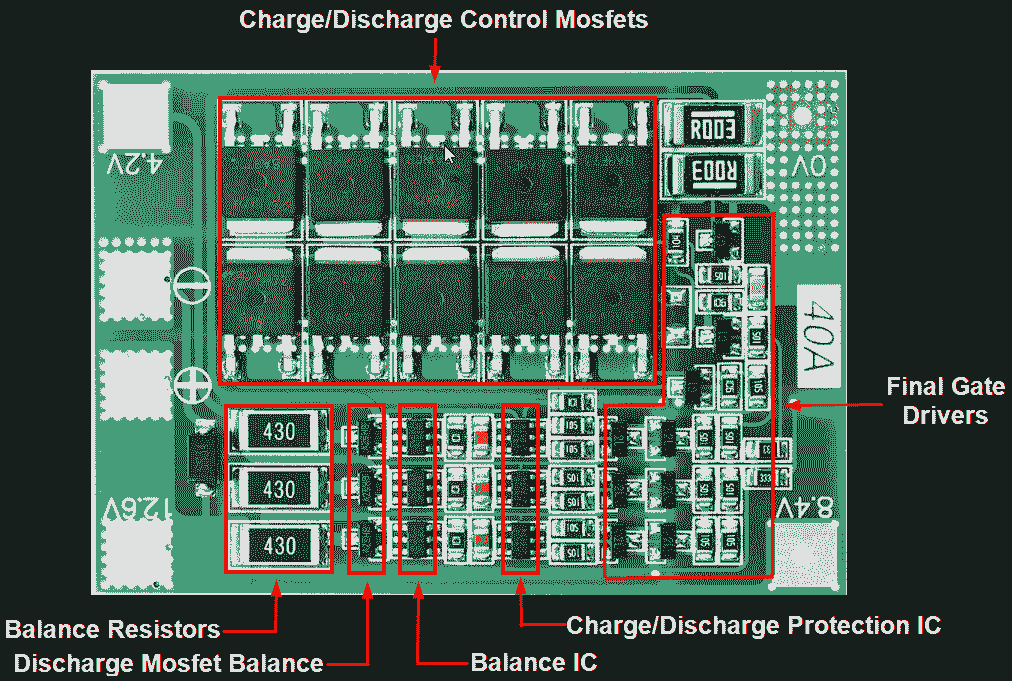
Always recommends using a BMS for lithium batteries. However, there are Management Systems for lead-acid systems as well.
Things you need to consider when selecting the correct BMS for your battery bank
- Check whether it supports your battery type. Even lithium has many types; therefore, select the correct one with the matching voltage.
- Select the BMS Ampere limit higher than the suggested Ampere range of the device you plan to connect to the load. My suggestion is to select at least 20-30A higher BMS if you are load, is a Motor. Even if the load is not a motor, you can still select even 10A higher.
- Balancing – If the Cells are not even, and if those were pulled from some other battery pack, select a BMS that supports active balancing.
- Monitoring – If there’s any requirement to monitor the battery bank voltage. Then are BMA systems that can communicate over Bluetooth.
You can purchase BMS through the shared links
As we have categorized the lists according to regular requirements, it will not mislead you. The only thing you need to consider is the required Ampere range, this can be done as advised above.
- 12V BMS Lithium
- 24V BMS System
- 36 V BMS
- 72V BMS – Mostly required for Electric Bikes (battery management system for electric vehicle)
Links for Lithium Cell purchasing
Also, you may like –
Here are some sample images for Lithium Iron BMS
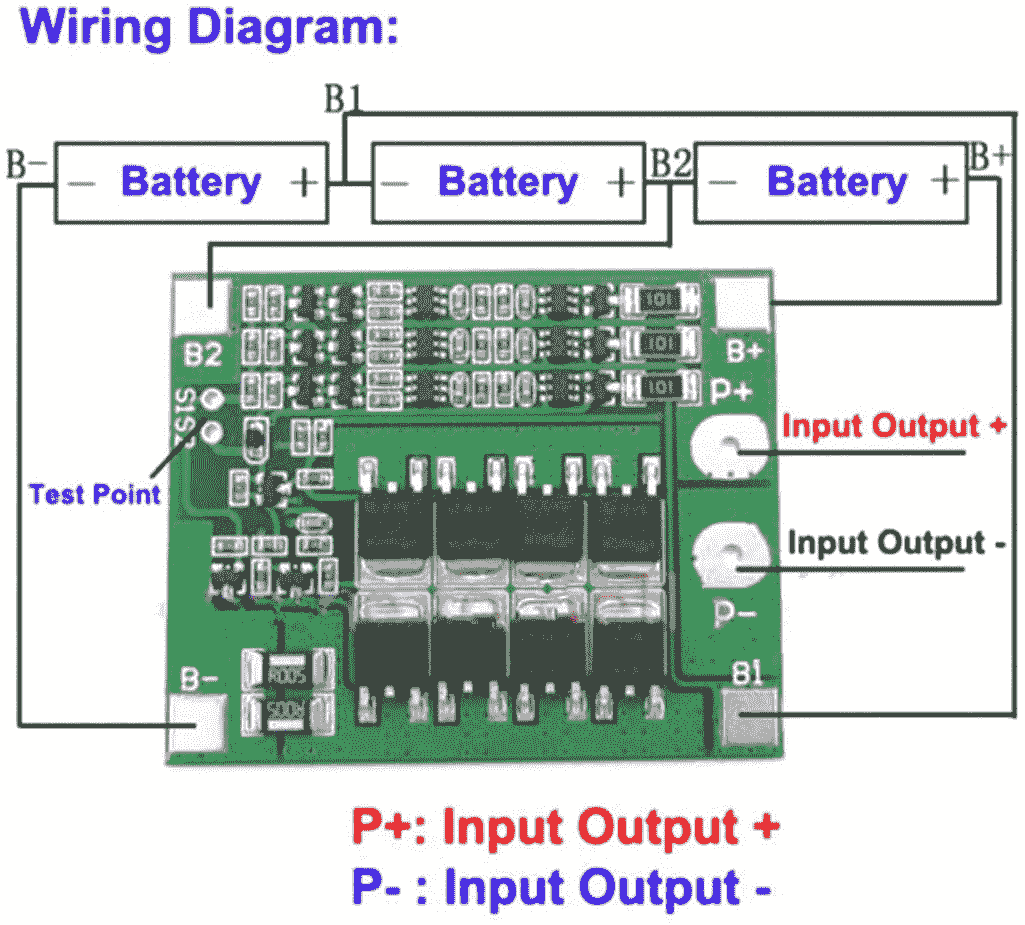
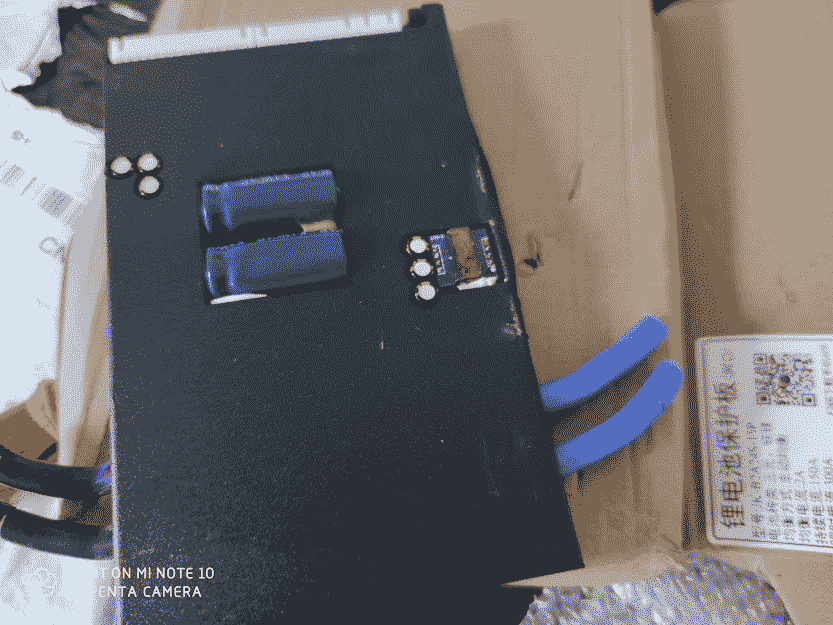
Images of Lead-acid supported BMS
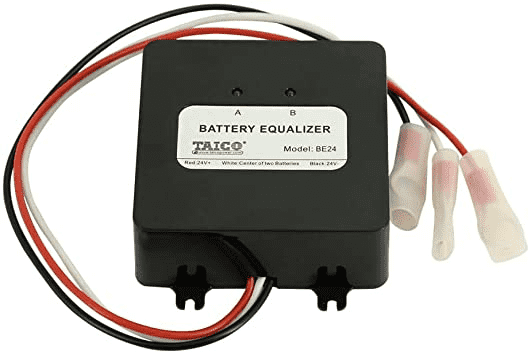
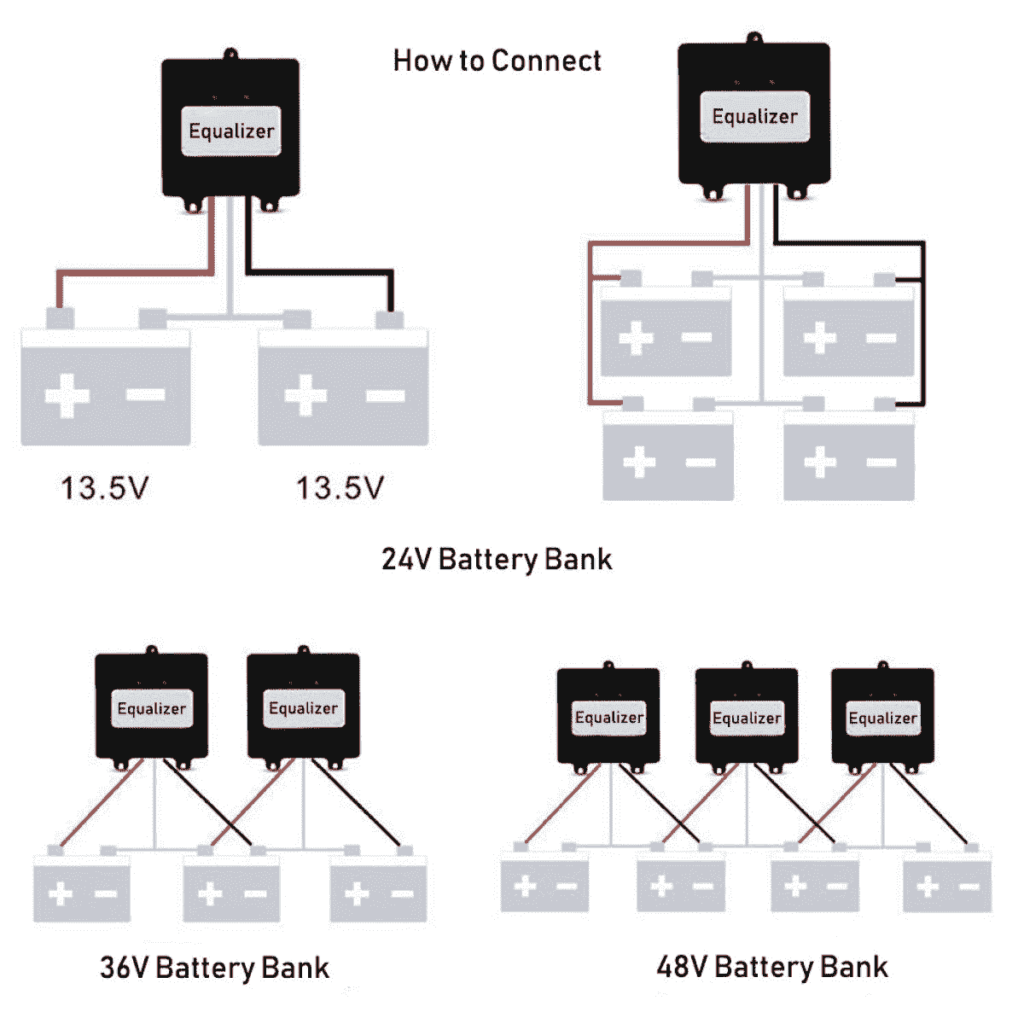
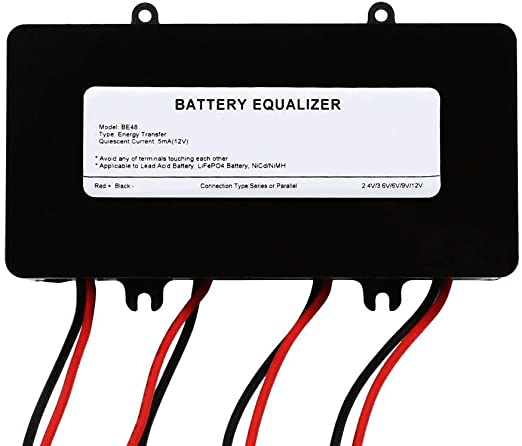
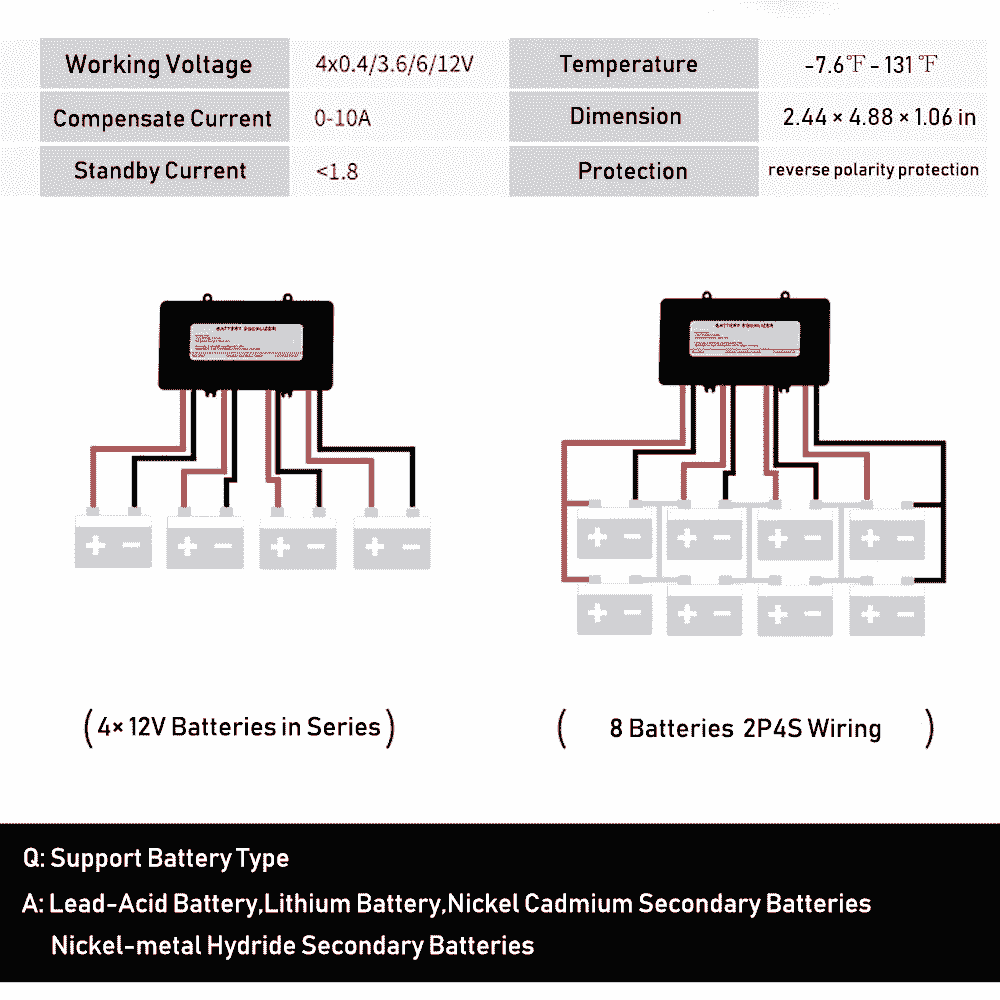
Note – Furthermore, Battery management system malfunction could damage the batteries. Therefore, use branded/ good quality BMS systems.
Next topic we will get to know to Match Batteries with Solar Panels

